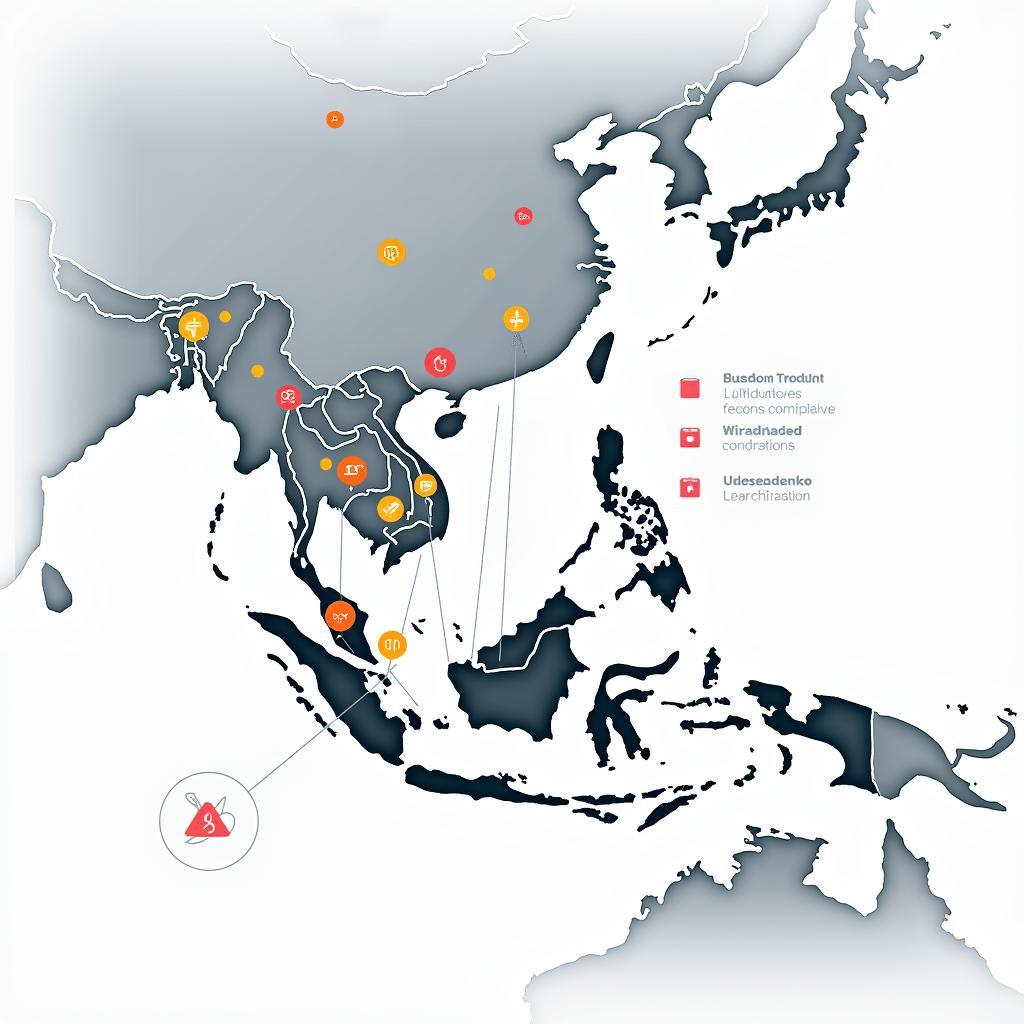Wawasan ASEAN 2020, or ASEAN Vision 2020, was a roadmap adopted by the Association of Southeast Asian Nations (ASEAN) in 1997. This ambitious plan aimed to guide the region’s development and cooperation over two decades, culminating in the year 2020. It envisioned a Southeast Asia that was stable, peaceful, and prosperous, with a strong sense of community and shared destiny.
The vision encompassed various aspects of regional cooperation, including economic integration, political security, and socio-cultural development. It aimed to foster a region where the benefits of progress were shared equitably among its member states and where the diverse cultures and peoples of Southeast Asia could thrive together.
The Four Pillars of Wawasan ASEAN 2020
Wawasan ASEAN 2020 was built upon four fundamental pillars, each representing a crucial area of focus for regional cooperation:
1. ASEAN Economic Community: This pillar aimed to establish a single market and production base, making ASEAN more competitive globally and attracting foreign investment. It sought to facilitate the freer flow of goods, services, investment, and skilled labor within the region.
2. ASEAN Security Community: Recognizing the importance of a stable and secure environment for development, this pillar focused on promoting political and security cooperation. It included initiatives to enhance confidence-building measures, address common security threats, and promote peaceful resolution of disputes.
3. ASEAN Socio-Cultural Community: This pillar aimed to strengthen ASEAN’s identity and unity by promoting social and cultural cooperation. It focused on areas like education, health, human resource development, environmental protection, and the promotion of Southeast Asian cultural heritage.
4. ASEAN as a Global Actor: Wawasan ASEAN 2020 envisioned ASEAN as a more outward-looking and engaged player on the international stage. It sought to strengthen the organization’s voice in global affairs and promote dialogue and cooperation with external partners.
Achievements and Legacy of Wawasan ASEAN 2020
While not all targets were fully achieved, Wawasan ASEAN 2020 significantly shaped ASEAN’s journey. The region witnessed remarkable economic progress, becoming a major player in the global economy. ASEAN’s role in international affairs grew, and it became known for its consensus-based approach to regional issues.
The vision also led to the establishment of the ASEAN Community in 2015, built upon the three pillars of political-security, economic, and socio-cultural cooperation. While Wawasan ASEAN 2020 reached its target year, its legacy continues to guide the region. It laid the groundwork for ongoing efforts to enhance regional integration, promote peace and stability, and improve the lives of Southeast Asian people.
Continuing the Vision: ASEAN Post-2020
Building on the foundations laid by Wawasan ASEAN 2020, the ASEAN Community Vision 2025 and the more recent ASEAN Outlook on the Indo-Pacific continue to guide the region’s development. These frameworks reflect the commitment of ASEAN member states to further strengthen their cooperation, adapt to new challenges, and work towards a more integrated, resilient, and prosperous Southeast Asia.
Conclusion
Wawasan ASEAN 2020, though set for a specific timeframe, continues to have a profound impact on Southeast Asia. It reflects the shared aspiration of ASEAN member states for a peaceful, prosperous, and integrated region. While challenges remain, the spirit of Wawasan ASEAN 2020, with its emphasis on cooperation and shared progress, continues to inspire ASEAN as it navigates a complex and ever-changing world.
